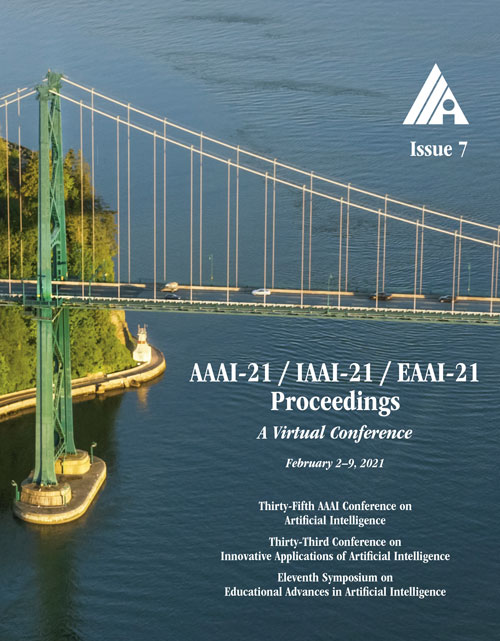Illuminating Mario Scenes in the Latent Space of a Generative Adversarial Network
DOI:
https://doi.org/10.1609/aaai.v35i7.16740Keywords:
Game Design -- Procedural Content Generation & Storytelling, Neural Generative Models & AutoencodersAbstract
Generative adversarial networks (GANs) are quickly becoming a ubiquitous approach to procedurally generating video game levels. While GAN generated levels are stylistically similar to human-authored examples, human designers often want to explore the generative design space of GANs to extract interesting levels. However, human designers find latent vectors opaque and would rather explore along dimensions the designer specifies, such as number of enemies or obstacles. We propose using state-of-the-art quality diversity algorithms designed to optimize continuous spaces, i.e. MAP-Elites with a directional variation operator and Covariance Matrix Adaptation MAP-Elites, to efficiently explore the latent space of a GAN to extract levels that vary across a set of specified gameplay measures. In the benchmark domain of Super Mario Bros, we demonstrate how designers may specify gameplay measures to our system and extract high-quality (playable) levels with a diverse range of level mechanics, while still maintaining stylistic similarity to human authored examples. An online user study shows how the different mechanics of the automatically generated levels affect subjective ratings of their perceived difficulty and appearance.Downloads
Published
2021-05-18
How to Cite
Fontaine, M. C., Liu, R., Khalifa, A., Modi, J., Togelius, J., Hoover, A. K., & Nikolaidis, S. (2021). Illuminating Mario Scenes in the Latent Space of a Generative Adversarial Network. Proceedings of the AAAI Conference on Artificial Intelligence, 35(7), 5922-5930. https://doi.org/10.1609/aaai.v35i7.16740
Issue
Section
AAAI Technical Track on Humans and AI

